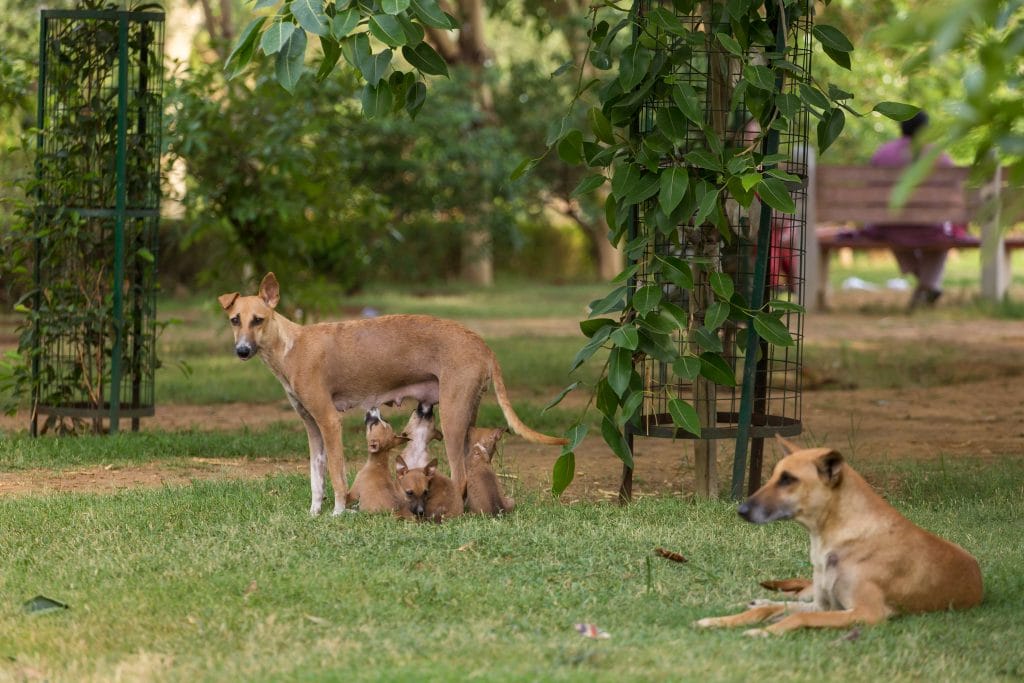More than 1,000 people have sought the rabies vaccine at the Ram Manohar Lohia (RML) Hospital in New Delhi, compared to around 200 before last year. The reason for this may be due to a lack of supply of the vaccine to state-run hospitals.

Rabies is a lethal disease. In 2017, there was not a single survivor among those who did not receive treatment. Every year, nearly 21,000 people die from the disease in India. This need not be the case, as the disease is entirely treatable. Furthermore, the disease is vaccine-preventable.
Both the vaccine and the rabies immunoglobulin that form the standard treatment are available free of charge at government-run hospitals. Why then do so many people die from the disease?
The answer to this likely lies within the supply chain. Despite both the rabies vaccine and the immunoglobulin being produced domestically, supplies are often short in government-run hospitals where people flock to receive free treatment.
In many cases government hospitals are overwhelmed and their supplies run dry. “For the last two weeks, there is no anti-rabies vaccine in our hospital,” Dr Arvind Mohan, deputy medical superintendent of Lok Nayak Hospital, told the Economic Times “The vaccine shortage has been there for almost six months but we were managing things by making local purchase initially. Now, even the local suppliers have given up”.
This often results in many individuals being forced to seek treatment at private facilities. Each dose of vaccination can cost between Rs 350 and Rs 500 at private clinics, while the rabies immunoglobulin costs anywhere from Rs 650 to Rs 2,500. As a course of four doses is required, the price can rise quite substantially.
As more people are driven to private hospitals, their supplies also dwindle. This has been the case with the RML Hospital in New Delhi. This could result in a crisis in which entire districts could run out of supplies of the vaccine. At present, all 35 states and union territories in India face shortages of the rabies vaccine ranging between twenty and eighty percent.
The timing of the treatment is critical with rabies. If not applied almost immediately after washing the infected wound, the disease can become quickly untreatable, negating any treatment past this point. As such, an individual is afforded little time to be travelling between hospitals and clinics looking for treatment.
Issues with the supply chain must be addressed to avert a potential surge in rabies-related deaths. The Centre has taken some steps towards doing so. Responding to shortages of the rabies vaccine, the Union Ministry of Health and Family Welfare devised a proposal which would cap the amounts of the rabies vaccine Indian manufacturers can export. The rest would be reserved the rest for domestic use. The proposal would limit manufacturers to exporting just thirty percent of their rabies vaccine output. Yet even this might not be enough. India’s rabies vaccine manufacturers produce fifty million doses. India needs 48 million.
For supplies to run out on vaccines produced within India is inexcusable. The reports would indicate that demand for the vaccine is increasing. Suppliers and producers must adjust to this if the flow of vaccines is to remain adequate.

